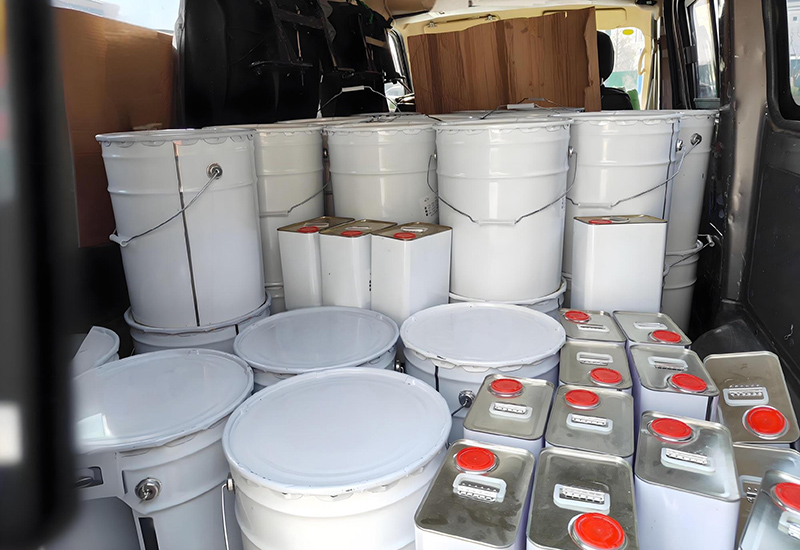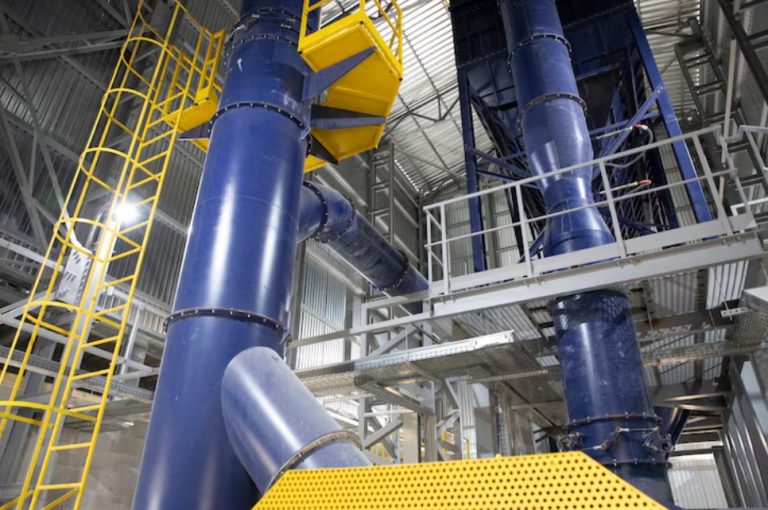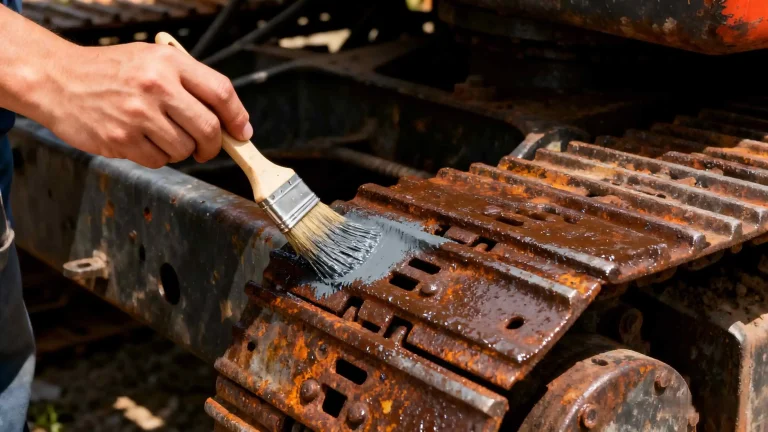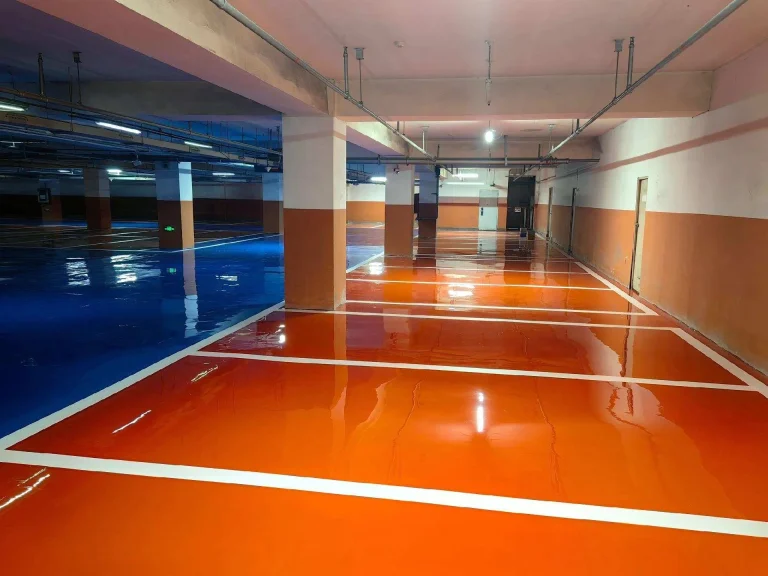
Hey, if you’re hunting for coatings that can take a beating from scorching heat, you’re in the right place. Heat resistant coatings aren’t just some extra perk—they’re a total lifesaver for keeping metal surfaces strong in crazy-hot conditions. Imagine your BBQ grill firing up for summer cookouts or your fireplace blazing through chilly nights, all without the paint flaking off or turning a nasty shade. That’s the kind of magic these coatings deliver. But picking the right one? It’s not like grabbing a random can from the store. You’ve gotta think about a few key things to make sure it holds up. In this post, we’ll walk through what really matters when choosing heat resistant coatings, focusing on everyday uses like fireplaces, BBQ grills, heaters, stove tops, and stove racks—stuff that deals with serious heat regularly. Let’s dive in.
Why Heat Resistant Coatings Are a Big Deal
Before we get into the details, let’s talk about why these coatings are so important. Things get hot fast in homes and workshops. Picture a fireplace: it’s not just about cozy evenings; it can hit 800°C when you’re burning logs full tilt. Without a solid coating, the metal twists, rusts, or just gives out. Same with BBQ grills—you’re cooking burgers at high heat, and you don’t want the surface peeling mid-party. Heaters and stove racks? They’re always cycling through hot spells, expanding and shrinking like nobody’s business. A good heat resistant coating steps up, protecting metal from rust, wear, and tear. It’s not overkill—it saves you from buying new gear too soon. I’ve seen folks skip this and end up with a beat-up grill after one summer. Don’t make that mistake.
When choosing a coating, you need to focus on what makes it tick for high-heat spots like fireplaces, grills, or stove tops. It’s about finding something that sticks around, looks good, and handles the heat without breaking a sweat. From my own tinkering with backyard grills, I’ve learned a thing or two about what works—and what doesn’t. So, let’s break down the must-know stuff in a way that feels real, not like a textbook.
Maximum Temperature Tolerance
The first thing you’ve got to check is how much heat the coating can handle. This is the heart of what makes heat resistant coatings special—they need to stand up to blazing flames or steady high temps without failing. A good one can take up to 800°C, which covers most tough jobs. For example, a fireplace with roaring flames needs a coating that doesn’t flinch at that kind of heat. No fading, no flaking—just solid performance.
Heat isn’t one-size-fits-all, though. The dry heat from a heater isn’t the same as the wet, flame-kissed heat on a BBQ grill. Top-notch coatings use special ingredients, like silicone-based resins, that stay tough from 200°C all the way up to 800°C. I’ve grilled enough to know that a coating hitting that upper limit means less time scrubbing and more time enjoying. Fireplaces, for instance, can hit 800°C with hardwood logs, and you need something that keeps its color and stays put. BBQ grills usually run 500-700°C, dealing with grease and open flames. Heaters? They’re more like 300-500°C, cycling through heat constantly. Stove tops and racks hit 400-600°C, facing spills and daily wear. Matching the coating to the heat level saves you headaches later.
Here’s a quick look at what different applications demand:
| Application | Typical Max Temp | Why It Matters |
| Fireplaces | Up to 800°C | Faces direct flames; keeps color and avoids flaking. |
| BBQ Grills | 500-700°C | Handles grease and fire without peeling off. |
| Heaters | 300-500°C | Deals with steady heat cycles; stays stuck tight. |
| Stove Tops/Racks | 400-600°C | Resists spills and food acids; no rusting. |
Picking a coating that matches your temp needs is key. Otherwise, you’re stuck with a mess that needs fixing too soon.
Adhesion and Long-Term Durability
Next up, you’ve gotta make sure the coating sticks like glue. Heat resistant coatings need to bond tightly to metal surfaces that twist and turn with heat changes. Metal expands when it’s hot and shrinks when it cools. If the coating’s weak, it cracks or peels, leaving your stove rack or fireplace open to rust.
A top-quality coating grips hard and lasts, even in rough conditions. No flaking, no chalking—that’s what you’re after. On a stove top, where you’re banging pots around, the coating needs to be tough. It should shrug off scratches, impacts, and those annoying spills. Plus, it’s got to block out air and moisture to keep corrosion at bay. From chats with folks fixing up homes, I’ve heard prep work gets overlooked. You need to grind the surface clean—get that metal shining, no oil or water left. Then, apply it thin: spray if you’ve got the tools, or brush lightly. Pop it in an oven at 280°C for 15 minutes, or let it air dry for 24 hours if you don’t have one. Mess up the prep, and even a great coating won’t hold up. It’s like trying to stick tape on a dirty wall—it just won’t work.
A solid coating keeps things looking clean and protects your gear for the long haul. It’s what makes your heater hum through winter without rust creeping in.
Versatility Across Application Scenarios
Another big piece is how flexible the coating is across different uses. You want something that works for fireplaces, BBQ grills, heaters, stove tops, and racks without needing a different product for each. Each spot has its own challenges. A fireplace needs to handle flames up to 800°C and still look good. A heater needs even coverage to avoid hot spots. BBQ grills? They’re outside, dealing with rain and sun on top of heat. Stove racks live in kitchens, facing steam and food splashes.
A versatile coating tackles all these without blinking. It’s flame-resistant for fireplaces, grease-proof for grills, and food-safe for stove tops. I’ve talked to folks doing home projects who love coatings that cover multiple bases. It saves you from stocking a million different cans. For example, a coating that works on an 800°C fireplace and a steady-output heater cuts down on hassle. In homes, it’s all about protecting those hot spots while keeping things practical. In bigger setups, like auto exhausts, the same logic applies, but for us regular folks, it’s about keeping the grill or fireplace in top shape.
Here’s what versatility looks like:
Fireplaces: Stays tough under flames and looks great.
BBQ Grills: Fights off grease and makes cleanup a breeze.
Heaters: Spreads evenly to keep heat steady.
Stove Tops/Racks: Handles food messes without off-gassing.
A coating that adapts means less juggling products and more getting the job done.
Environmental and Safety Considerations
Don’t overlook the eco-friendly side either. Good heat resistant coatings often use low-VOC formulas—those are the chemicals that can make your space smell bad and aren’t great for the air. With rules getting stricter globally, low-VOC means safer use and a happier planet.
Safety matters too. You want a coating that holds up to flames without giving off nasty fumes. Whether it’s a fireplace or a stove top, you need to know nothing toxic is burning off. From my own projects, I’d say always work in a well-ventilated spot—better to be cautious. The market for these coatings is growing fast. Numbers show it was worth about $6.23 billion in 2022 and could hit $9.41 billion by 2030, growing at 5.23% a year. Why? More factories, tougher eco laws, and better tech. Places like China are driving big demand with all their industrial growth. For you, that means more choices that balance toughness with safety.
Quick tip: some coatings brag about being green but don’t deliver. Check the specs for real eco-friendly claims, not just marketing fluff.
Introducing Konaz: Your Go-To Supplier for Heat Resistant Coatings

Looking for a solid heat resistant coating? Konaz has you covered. They’re experts in advanced materials, focusing on high-performance coatings for tough jobs. Their heat resistant coatings handle up to 800°C, mnmmaking them perfect for fireplaces, BBQ grills, heaters, and more. They prioritize no fading, strong grip, and easy application. Konaz has been at it for years, shipping worldwide and backing their products with smart innovation. Whether you’re a weekend DIYer or running a big operation, their team knows how to get you what you need.
Conclusion
To wrap things up, picking the right heat resistant coating comes down to a few key things: how much heat it can take, how well it sticks, how versatile it is, and whether it’s safe for you and the environment. Get these right, and your fireplaces, grills, heaters, and stove setups will stay strong and look good for years. It’s not just about surviving heat—it’s about thriving in it. So, when you’re ready to coat up, think beyond the basics. Your gear deserves something that lasts.
FAQs
What should I look for in heat resistant coatings for home use?
You want a coating that handles high heat, like 800°C for fireplaces, and sticks tight to avoid flaking. It should work across stuff like BBQ grills and stove racks. Plus, go for low-VOC to keep things safe. That combo keeps your gear solid.
Will a heat resistant coating hold up in my 800°C fireplace?
Pick one rated for 800°C flames with no fading or flaking. Prep the surface clean, apply thin, and bake if you can. I’ve seen fireplaces stay sharp through winters with this approach.
Are heat resistant coatings just for factories, or do they work at home too?
They’re awesome for home use—think fireplaces, grills, heaters, stove tops, and racks. They protect against heat and wear, keeping things looking good. The market’s growing, with billions in sales expected soon.
Can heat resistant coatings handle outdoor weather too?
Yup, good ones fight rust and wear, perfect for BBQ grills outside or heaters inside. Some even block UV rays for extra toughness.
How do I apply heat resistant coatings to make them last?
Clean the surface shiny, no oil or water. Spray or brush thin, then bake at 280°C for 15 minutes or air dry 24 hours. This keeps it locked in, especially on stove racks or fireplaces.










